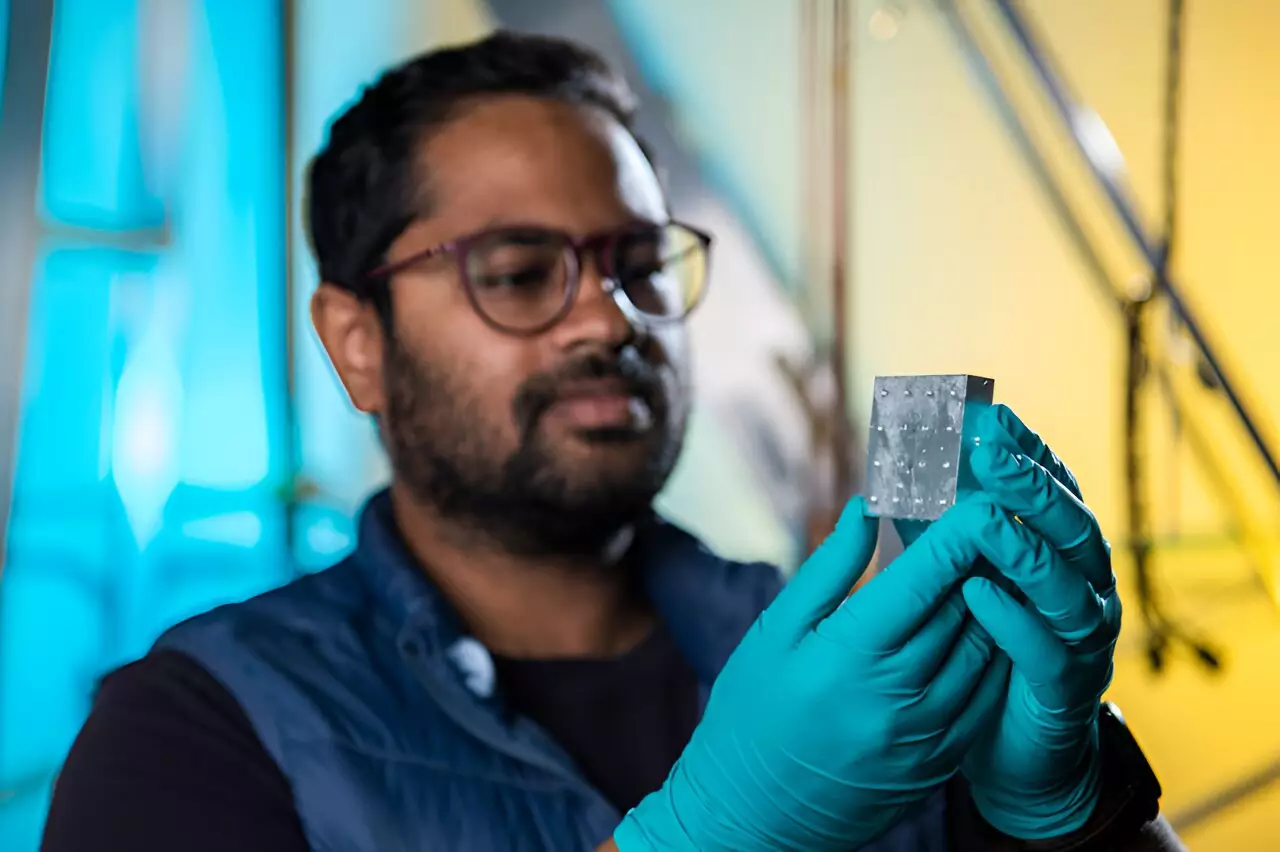Dark matter remains one of the most elusive and enigmatic components of our universe, occupying a significant portion of its mass yet remaining invisible. For researchers, the journey to detect dark matter is akin to wandering in an unlit room, trying to find an object by only feeling its presence, as any direct observation of this mysterious substance is impossible. To bridge the gap between the unseen and the comprehensible, scientists have developed ingenious methods to indirectly ‘see’ dark matter through the faint signals it might produce when interacting with ordinary matter. Recent breakthroughs from the U.S. Department of Energy’s Fermi National Accelerator Laboratory and the University of Chicago have demonstrated exciting advancements in this arena, relying on cutting-edge quantum techniques to enhance the signals corresponding to dark matter interactions.
A Quantum Leap Forward
The innovative work led by graduate student Ankur Agrawal and supervised by Fermilab’s Aaron Chou has brought forth a revolutionary approach that effectively amplifies the signals emitted by dark matter waves by an astonishing factor of 2.78. Central to this development is the application of quantum information science, which not only holds profound implications for quantum computing but also serves as a powerful tool for advancing our understanding of fundamental physics. This integration of disciplines highlights an emerging trend where theoretical advancements lead to practical experimental techniques, thereby fostering increased collaboration and innovation within scientific communities.
The Mechanics Behind the Magic
At the heart of this experiment lies a carefully crafted microwave cavity designed to enter a unique quantum state. Utilizing superconducting qubits, researchers have ingeniously enhanced their measurement sensitivity, allowing for a greater likelihood of detecting the faint signals of dark matter. What is particularly fascinating about this work is how the quantum state of light is utilized to stimulate the emission of photons when dark matter interacts with the cavity. This phenomenon is grounded in the principles of quantum mechanics, demonstrating a tangible application for concepts that are often perceived as abstract.
The researchers employed a technique that enables the microwave cavity to resonate at higher Fock states, where the number of photons is well defined. These higher states increase the likelihood of dark matter interaction, making it easier to detect the subtle changes in the number of photons caused by dark matter passing through the cavity walls. It’s a clever strategy that illustrates how theoretical physics can be translated into experimental successes—a reminder of the power of abstract thought in driving real-world discoveries.
Reducing Noise for Enhanced Signals
A critical barrier for scientists hunting down dark matter is the overwhelming background noise that obscures the signals researchers hope to capture. To combat this interference, the researchers effectively utilized a dilution refrigerator to cool the cavity to an ultra-low temperature—one-hundredth of a Kelvin. At such a frigid state, the thermal noise that typically confounds measurements is significantly reduced, allowing for cleaner, more precise readings.
This effort to minimize noise is coupled with an innovative engineering of the qubit-photon interaction, such that photons remain unharmed during measurement. This multi-measurement approach decreases noise influence and bolsters sensitivity, paving the way for a greater chance of detecting the rarefied signals tied to dark matter interactions. Through careful engineering, the dynamics of quantum interactions have been manipulated not simply to enhance detection rates but to redefine our approach and expectations in the search for dark matter.
The Analogy of a Swing
Chou offers an insightful analogy in explaining this complex process, likening it to the experience of pushing a child on a swing. Starting with a swinging child requires less force than attempting to initiate the swing from a still position. In this context, the quantum cavity is likened to the swing where the stimulated emission of photons allows for more efficient detection of dark matter interactions, effectively leveraging the existing electromagnetic fields within the cavity.
This metaphor underscores the ingenuity behind the experimental design—creating an environment ripe for interaction rather than starting from scratch, thereby demonstrating how subtle nuances in experimental preparation can have profound implications for scientific discovery.
Broader Implications for Fundamental Physics
As we stand on the brink of discovering more about the universe’s composition, efforts like those from Agrawal and his collaborators highlight a monumental shift in the scientific landscape. Not only does this technology enhance the search for dark matter, but it also opens doors to exploring other fundamental mysteries of physics. The ongoing exploration in quantum information science does not merely benefit dark matter research; its applications could lead to breakthroughs across a range of disciplines, effectively reshaping our perception of reality. In a field characterized by uncertainty, it is this innovative spirit that propels science forward, revealing the hidden intricacies of the universe in ways previously deemed impossible.


Leave a Reply